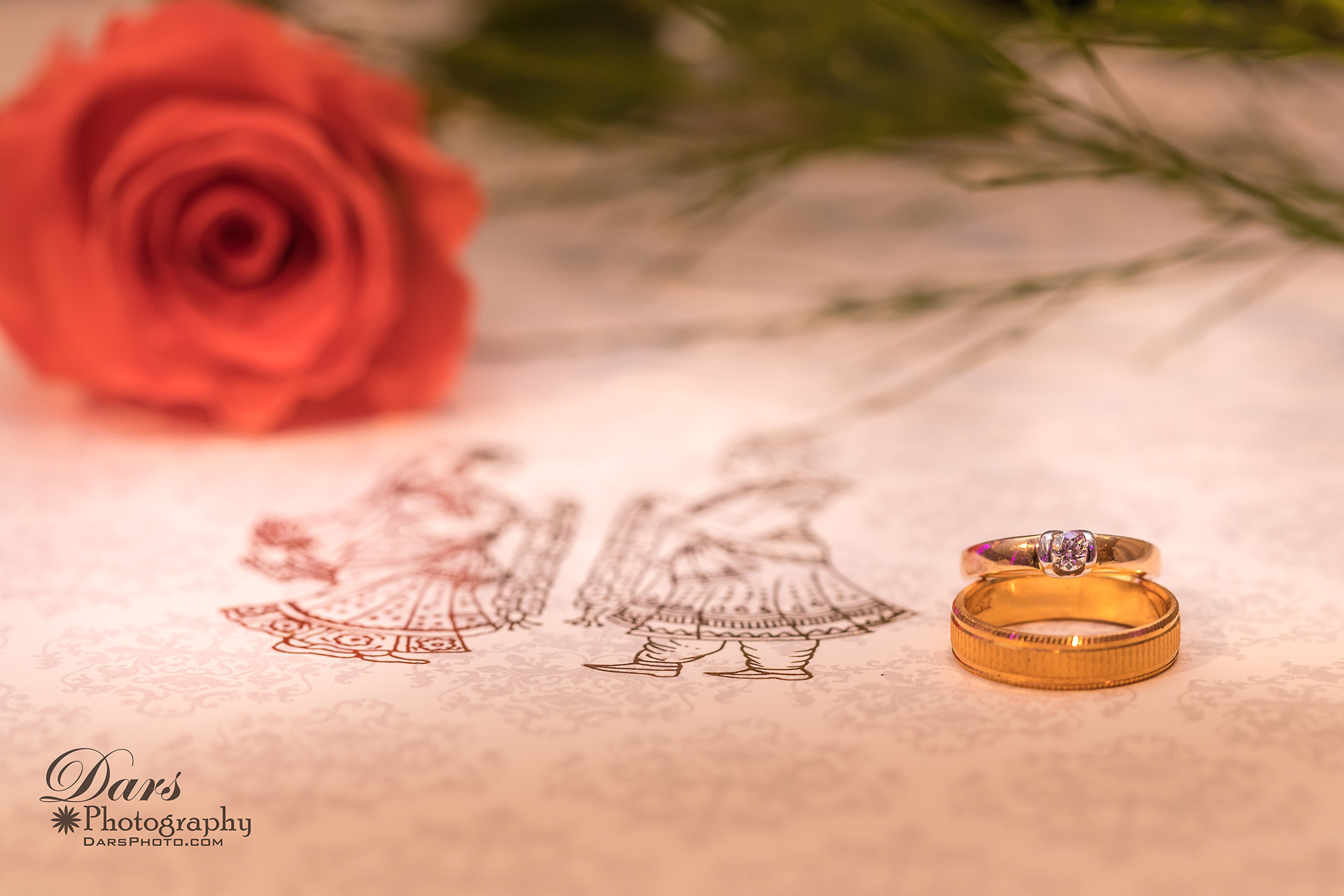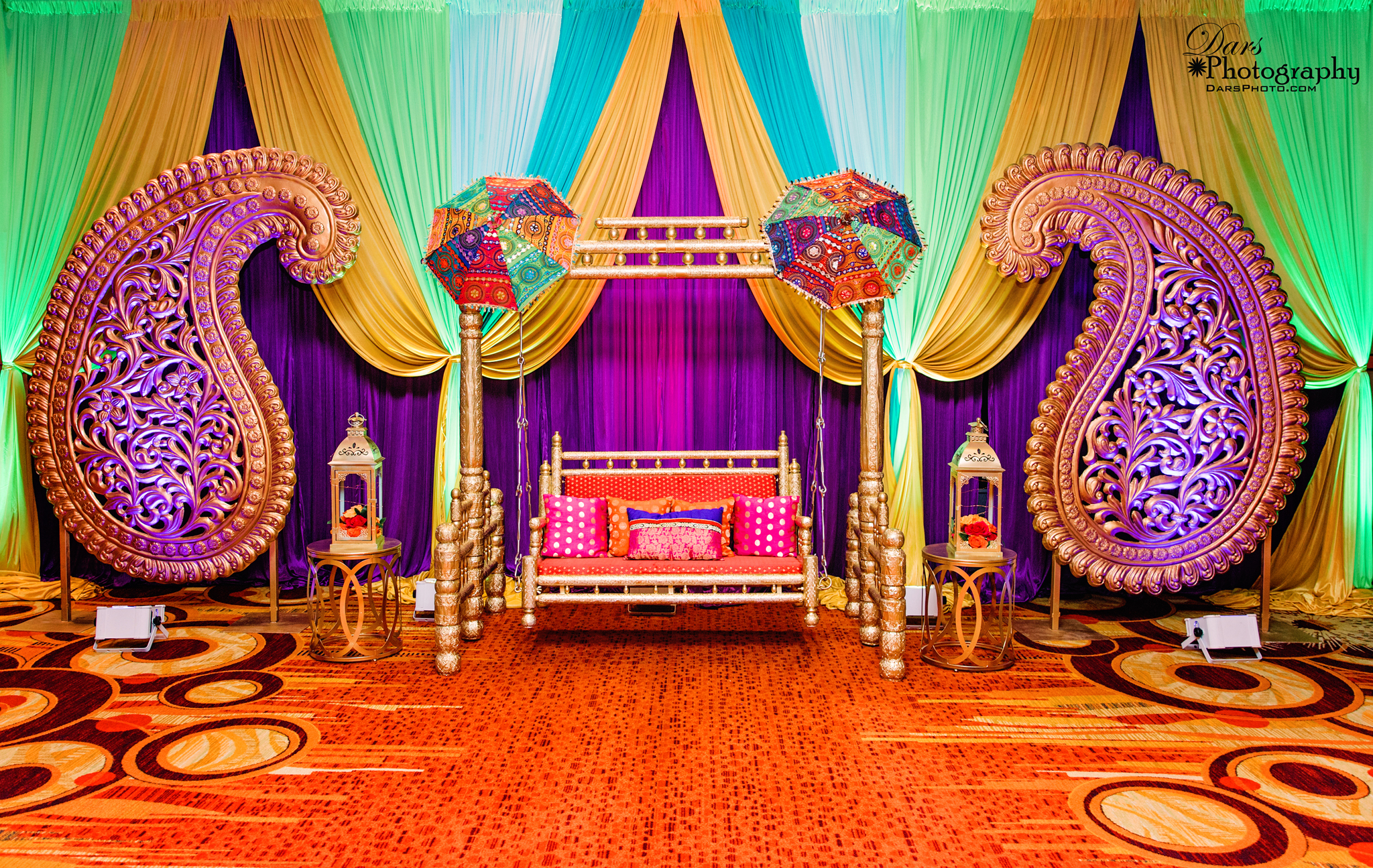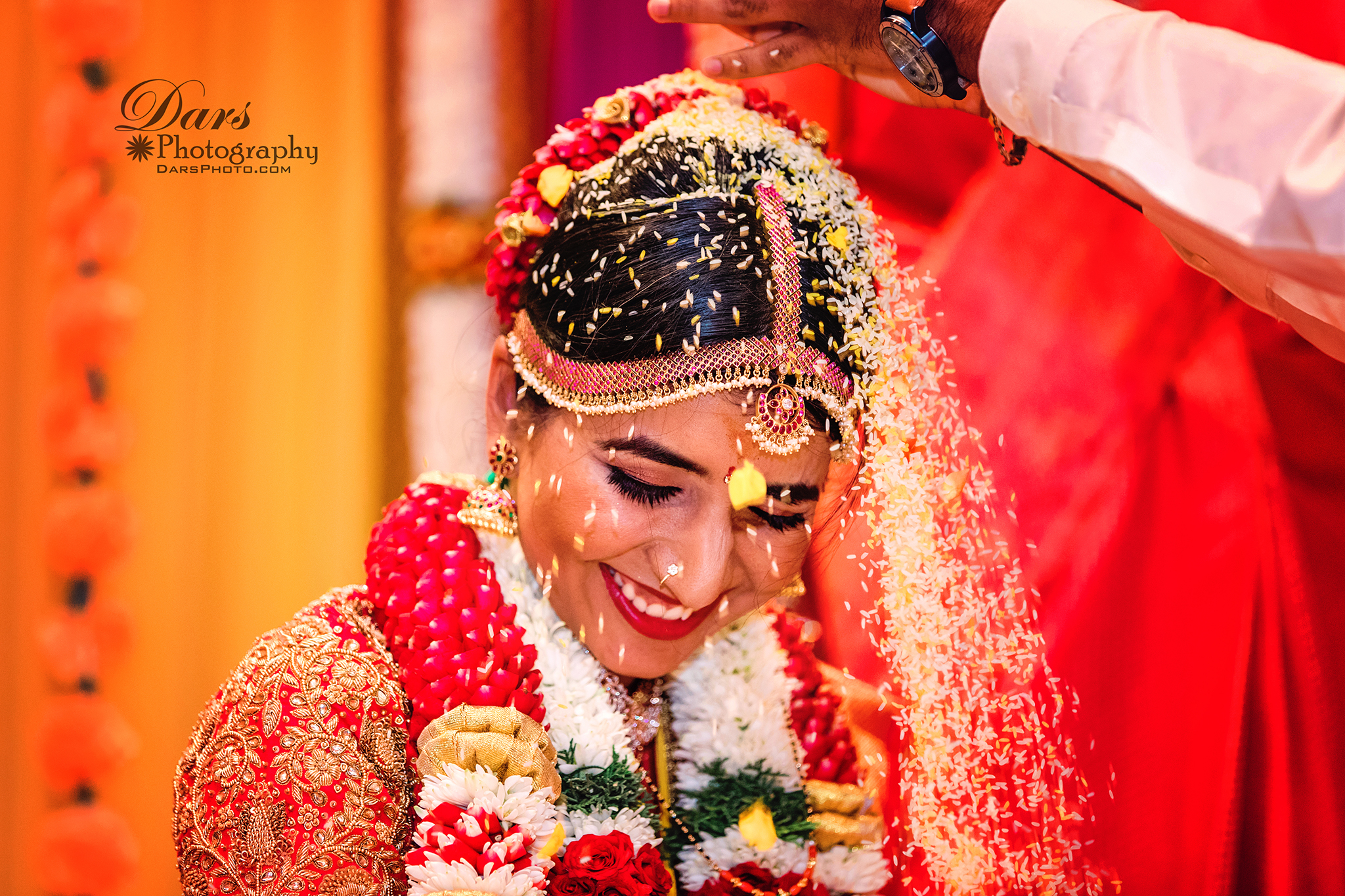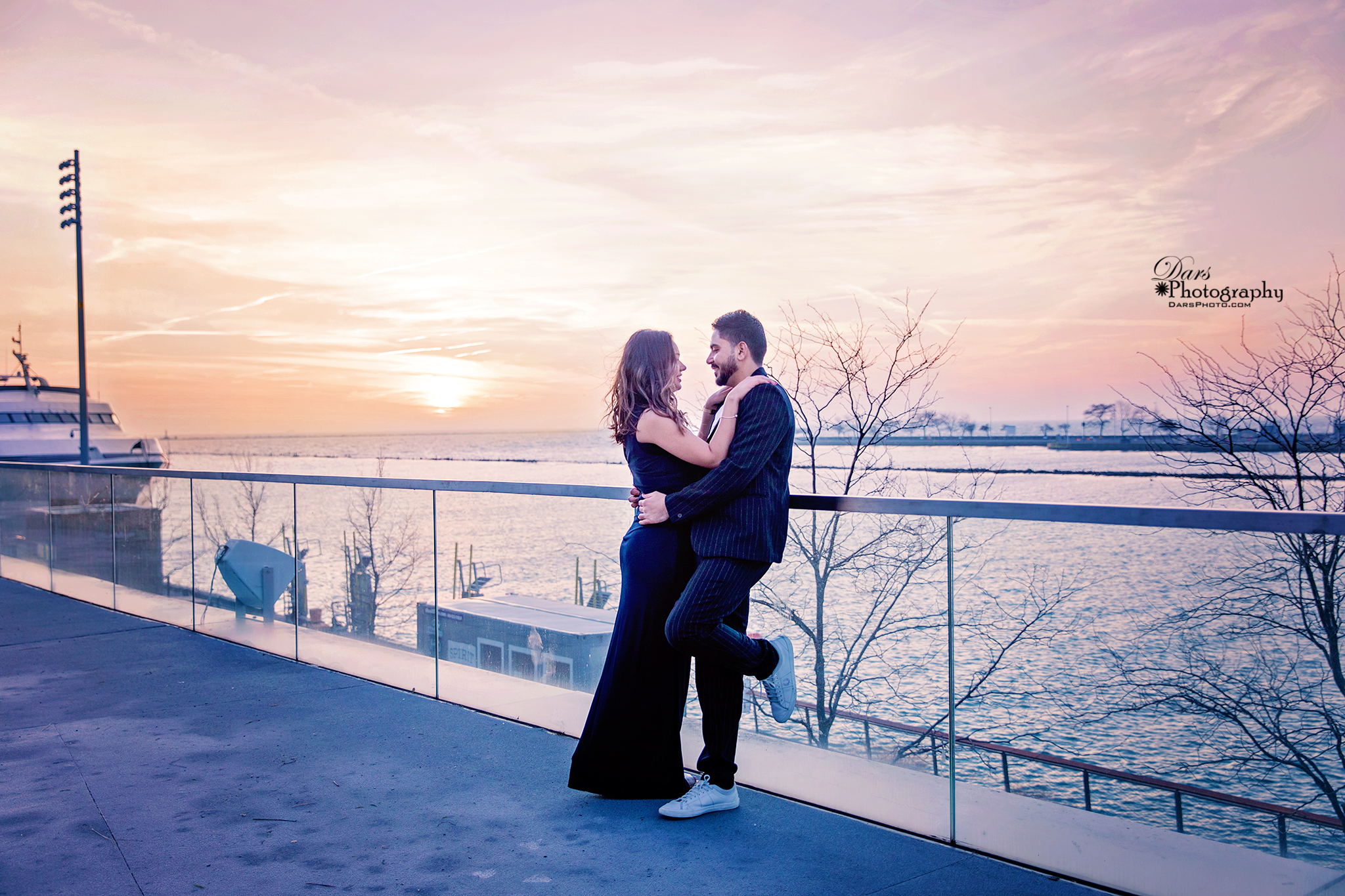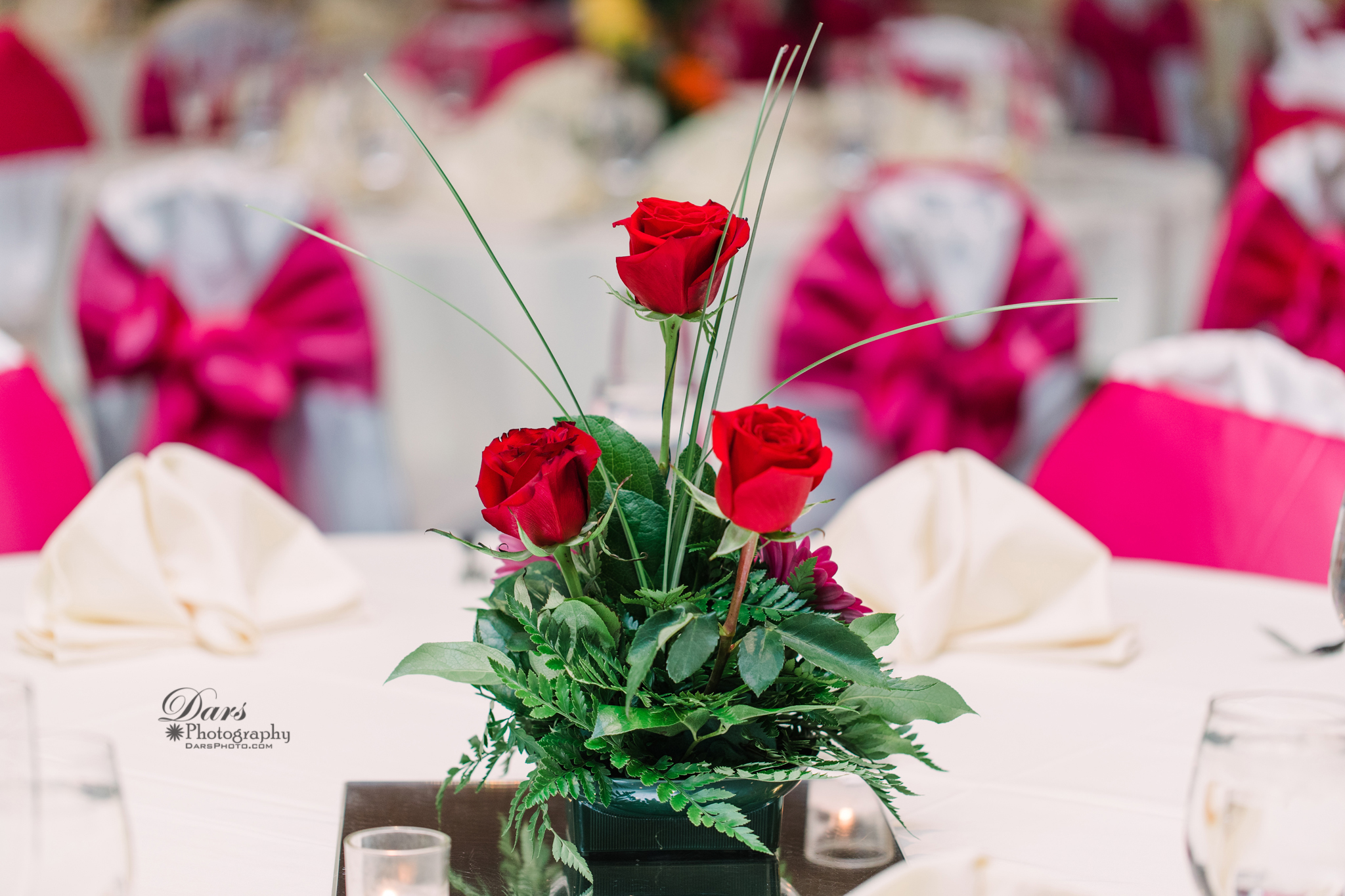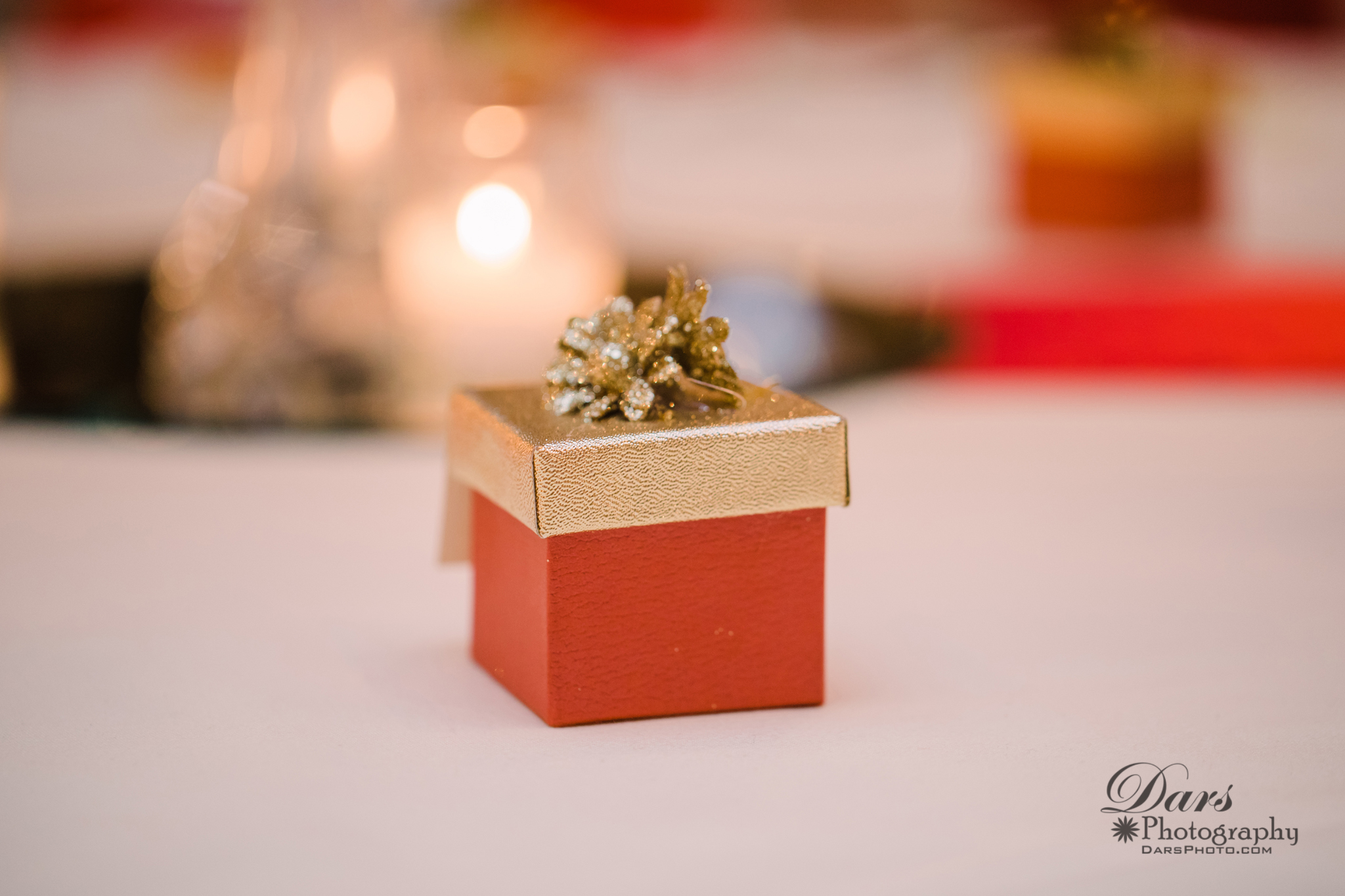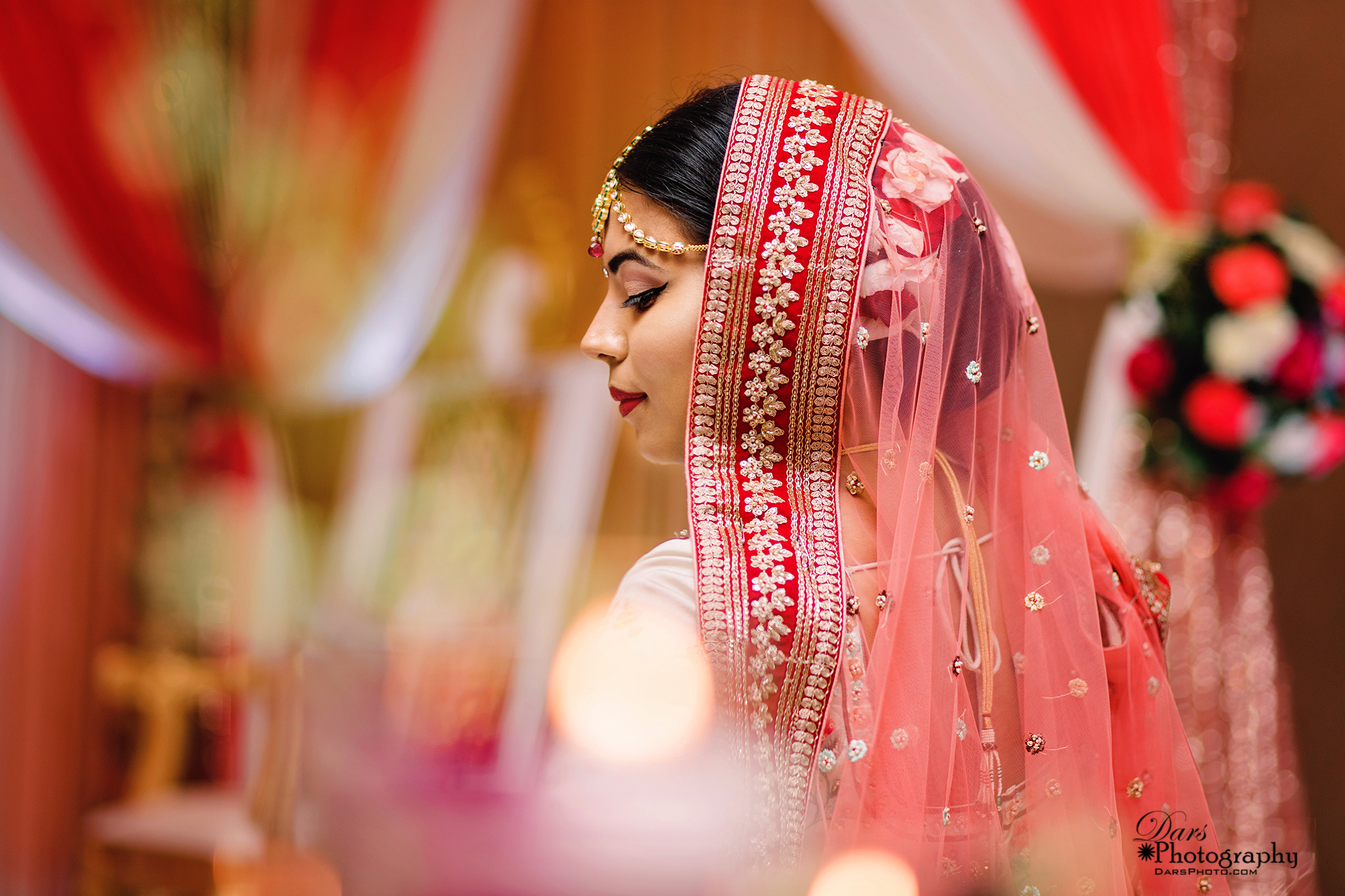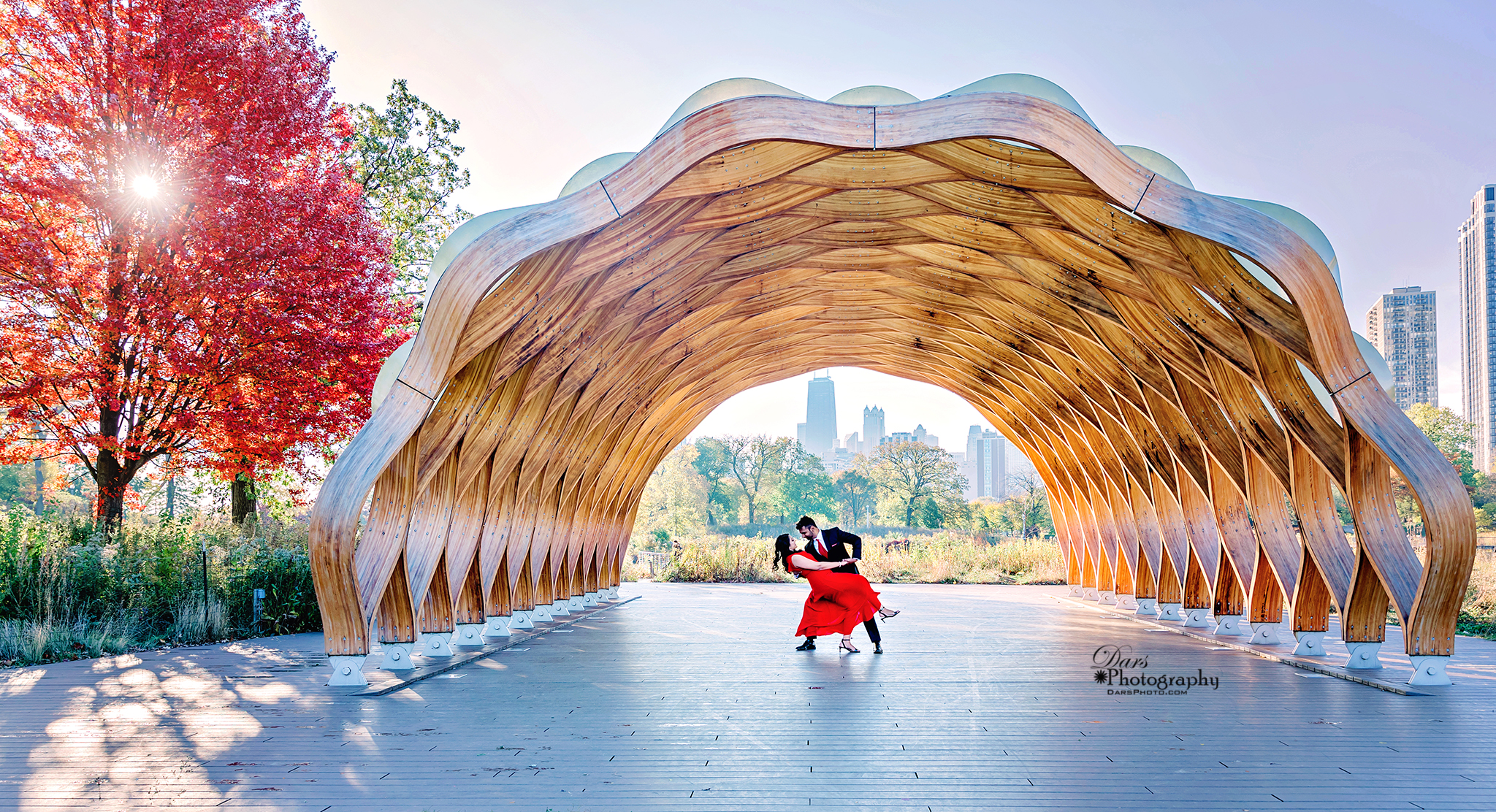For Photographers: My Reception Lighting Set-up! - Modern & Fun Wedding Photographer
What is the “go-to” lighting setup reception? Many people ask this question. Well, the answer is there isn’t only one set-up for receptions. You can’t rely on only one set-up for an event or a reception if you want to make great photos every time. A photographer has to bring the best light setup for situations like the venue, the action, the size of the crowd, and the sequence of events. You need to be skilled with different setups as well as you need to know how to sort out the best one suited for the current reception. To make great reception photos, you need to think about a handful of techniques. No one has to win a Pulitzer Prize in receptions, you have to just capture the moment in a good light. Your setup depends on the situation and the sequence of the event. So, you have to anticipate the lighting requirements and be prepared for whatever happens just like the professional photographers do. In this article, I’ll talk about the different lighting setups that I use. Believe me, the reception needs each setup at different times.
Setup 1 –Bounce Flash with Reflector
The first moment that will need you to provide the light is the toasts. The toasts take place in a room with everyone gathered around, standing along the edges of the room. The room can also be the dance floor. In my recent wedding reception photography, I had already assembled my setup #2 (depicted in the next section). But I didn’t feel like using those lights that much because the look would end up being too dramatic. I took the risk of not lighting the entire scene well. Toasts don’t need too much exposure, you just have to light the faces. You have to be flexible to move around to capture the next person speaking. In my event, the groom and the bride were against one wall. Sometimes the toast stood in the middle of the room, sometimes next to them, and even drew a surprise from another room. So, it’s better to use a simple bounce flash with a reflector as you need a flexible setup with action in so many places. I like to use only one Yongnuo 560IV Speedlight mounted to my camera with “Big Flip It” Demb Flash Products attached. I target the speed light straight up to the white ceiling, the reflector angles back slightly which helps to reflect enough light to fill shadows on faces. That’s why bouncing a flash is very important. You have to create softer and more realistic shadows. A flex led light mat can also be helpful to create realistic shadows. Image is credited by Ever After Weddings!

Setup 2 –Two Lights Off Camera
The things get complicated here. When the cake cutting was done, we moved back to the toast/dance room for the couple’s first dance. Then I had to add some more drama and interest to the scene leaving the mindset of simply documenting. Lighting is very crucial for dancing photos. Soft light doesn’t even necessarily cut it. The flashes of my two-off camera were unmodified with no reflectors, no gels, nothing on light stands next to the deejay booth in either corner of the room. I raised the light stands above everyone’s head because there’s a possibility that someone inevitable will block the light often. Have a look to these several looks that I can play with the two off-camera slash setup:
Version 1: I can use only one flash as a main light or a backlight. If I want to backlight the couple then I just have to inactivate one flash and stand across from the flash that’s fired.
Version 2: I can make one flash as a main light and one as a sidelight. All I have to do is just stand so that one light lightens most of the couple while another one provides an accent light. But, don’t stand in front of your main light directly.
Version 3: I can always add it for some bounce flash as I have flash on my camera. This may wash out some of the shadow and drama I can make when I use the off- camera flashes only, but it will help me to restore the limitation of this setup.
I would set up a fourth flash to ignore the limitation if I had one. I could apply Variation #3 but you have to get creative when it’s dancing time, and bounce flash are a little dull. When the first dance was over, I immediately moved to a new setup.

Setup 3 –Three Lights Off Camera
I take my shoe flash off of my camera for the three-light setup, connect it to my impact ball head clamp and fix it to a curtain rod on the other side of the room from my two other flashes. The flash should be in the corner of the wall. That means there are speedlights at three of the four corners, and all of them were unmodified. You can do the first two versions of the two-light setup but for further information, I added
two more variations here.
Variation 1: Now you can use three lights to illuminate the scene. You have to adjust the levels of the lights to fill-light. Rim-light, front-light, sidelight, and backlight. Be aware of the shadows on faces.
Variation 2: Always trigger one flash on the deejay side and one on the opposite side. This variation removes the limitation mentioned above Setup #2. Now you can stand wherever you want to and get the main light and a backlight or a sidelight.
Reception light is all about flexibility and a clear purpose. I used these three setups with five variations at one wedding for specific situations. Don’t make things over-complexed for yourself. You don’t have to all of the speedlights in every photo. Having three just gives you flexibility but using only one or two keeps things simple. Be analytical and versatile. Have different setup ready to go on different situations. You need to pick the right one from those three setups above.



